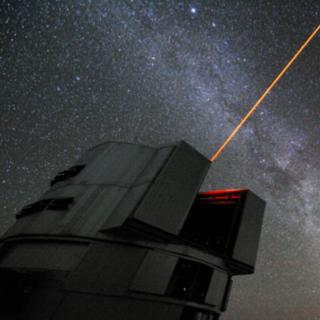Bibcode
Beaton, Rachael L.; Bono, Giuseppe; Braga, Vittorio Francesco; Dall'Ora, Massimo; Fiorentino, Giuliana; Jang, In Sung; Martínez-Vázquez, Clara E.; Matsunaga, Noriyuki; Monelli, Matteo; Neeley, Jillian R.; Salaris, Maurizio
Bibliographical reference
Space Science Reviews, Volume 214, Issue 8, article id. 113, 93 pp.
Advertised on:
12
2018
Journal
Citations
87
Refereed citations
74
Description
Old-aged stellar distance indicators are present in all Galactic
structures (halo, bulge, disk) and in galaxies of all Hubble types and,
thus, are immensely powerful tools for understanding our Universe. Here
we present a comprehensive review for three primary standard candles
from Population II: (i) RR Lyrae type variables (RRL), (ii) type II
Cepheid variables (T2C), and (iii) the tip of the red giant branch
(TRGB). The discovery and use of these distance indicators is placed in
historical context before describing their theoretical foundations and
demonstrating their observational applications across multiple
wavelengths. The methods used to establish the absolute scale for each
standard candle is described with a discussion of the observational
systematics. We conclude by looking forward to the suite of new
observational facilities anticipated over the next decade; these have
both a broader wavelength coverage and larger apertures than current
facilities. We anticipate future advancements in our theoretical
understanding and observational application of these stellar populations
as they apply to the Galactic and extragalactic distance scale.
Related projects

Galaxy Evolution in the Local Group
Galaxy formation and evolution is a fundamental Astrophysical problem. Its study requires “travelling back in time”, for which there are two complementary approaches. One is to analyse galaxy properties as a function of red-shift. Our team focuses on the other approach, called “Galactic Archaeology”. It is based on the determination of galaxy
Emma
Fernández Alvar